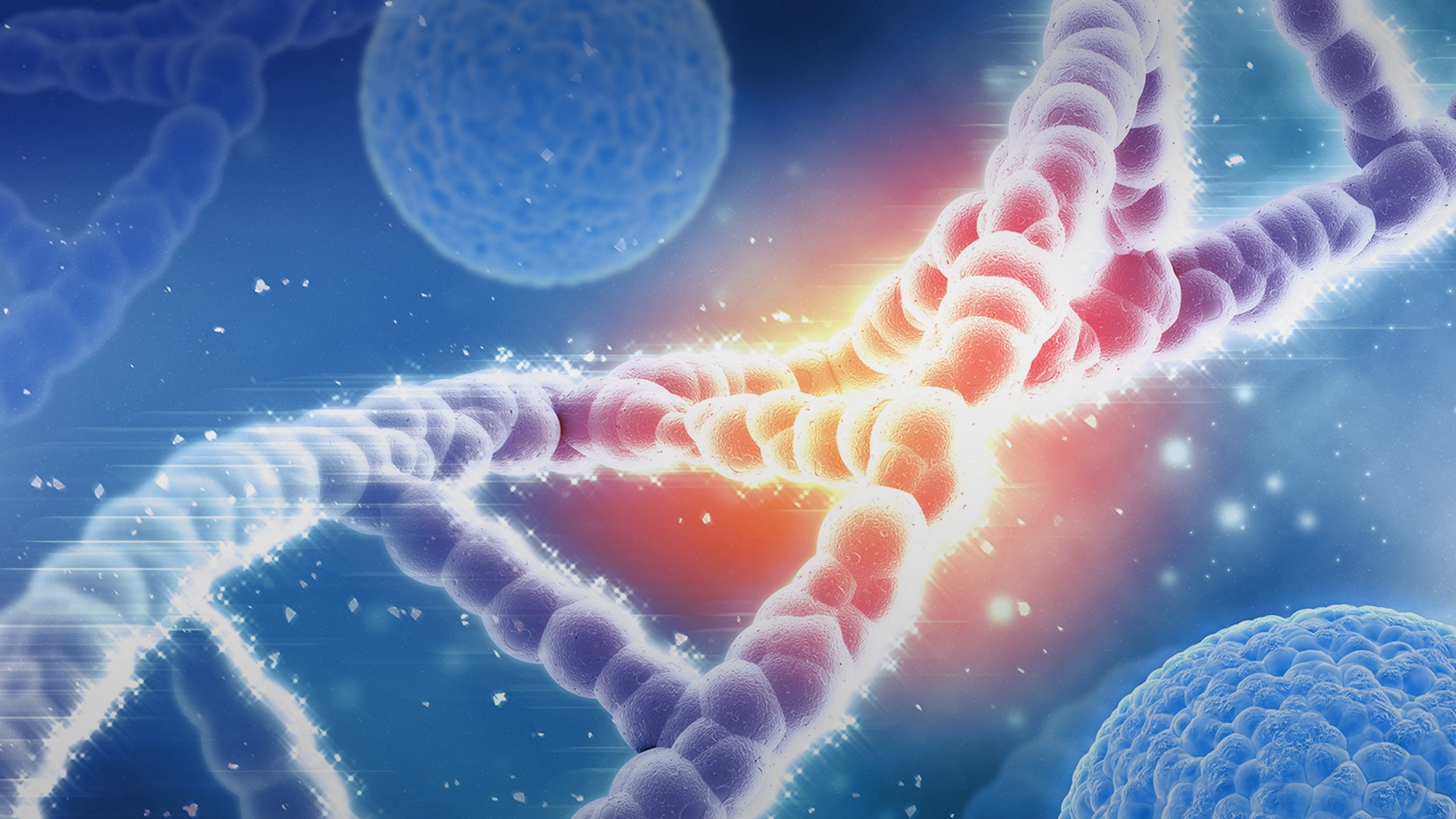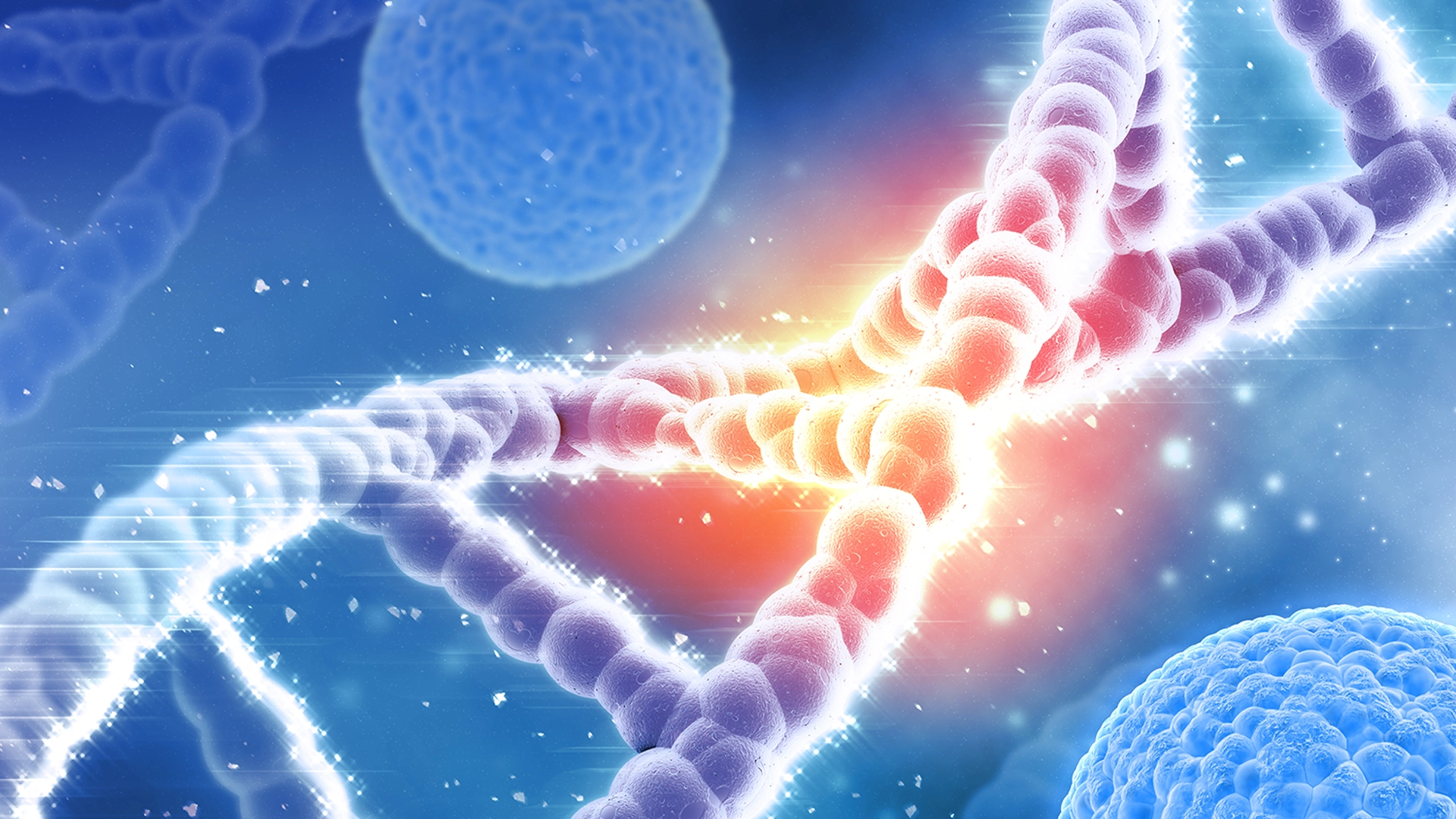The life sciences are concerned with the study of living organisms and their life processes. The life sciences industry includes companies, businesses and research institutions that focus their studies on understanding how to improve the lives of organisms. The life sciences industry includes pharmaceuticals, therapeutics, diagnostics, medical devices and many others.
When it comes to human health, life sciences help to understand the nature of diseases.
LIFE SCIENCES: KEY TRENDS
What will change in the life sciences industry as a result of digital evolution?
1. Through the processes of genetics, it will be possible to personalize medicine.
As the life sciences industry’s research body expands, many experts studying genetic coding are discovering that some conditions are heritable. So healthcare can be more personalised thanks to information contained in DNA or other features of the genome. This marks the birth of a new era, enabling the development of new medicines and a new personalised medical device.
2. Increasing digitisation of patient assessment, diagnosis and treatment.
The expansion of digitalisation has enabled online assessment, diagnosis and treatment of patients.
Zoom meetings have become a must for healthcare consumers in order to consult with their doctors, and doctors have also taken advantage of remote meetings to consult with pharmaceutical representatives in the field. This in a long-term view means that there is a move away from personal visits to healthcare providers’ offices and more and more use of digital channels such as approved email, pharmaceutical company website portals, e-detailing and virtual webinars and conferences. Such digital channels provide prescribers with drug and medical device information where, when and how they want it, leading to two main pros: increased productivity and lower costs for life science companies.
3. The rise of research in the life sciences.
Many researchers are now working on various branches of the life sciences, such as immunotherapy, precision surgery, genetics and diagnostics.
In diagnostics, there is an increase in studies on artificial intelligence as an enhancement to diagnostic methods, providing doctors with insights into the course of treatment.
4. Collaborative innovation by various life sciences companies.
The life sciences industry is collaborative in nature, which is why it is constantly developing. In the future, biotech companies may join with other related health sciences organizations to push the boundaries for development, including interest in medical device development.
5. Optimizing the Patient Experience
The industry has shifted from a ‘site-centric’ to a ‘patient-centric’ model. If there is regulatory approval it does not mean that there is also market success, so the industry has tried to shift its focus towards the voice of the patient.
The aim is to improve the patient experience and patient engagement, particularly when the patient is remote, with limited interaction. To improve this contact there has been a continuous improvement of user interfaces in order to enhance the user experience, the inclusion of AR/VR solutions and gamification.
6. Moving to the Cloud
Life sciences companies have been moving data and applications to the cloud for years and will continue to do so. With ease of collaboration, coordination with other systems, automated audit management and reduced IT support, this shift has made decisions easier for life sciences IT executives as legacy systems age.
These are just some of the recent breakthroughs in the life sciences industry, and there will be many more as the US and some European countries have increased their funding for science, technology and health research.
Are you interested in life sciences and, in particular, the medical device industry?
If you have an idea for a product in the area of life sciences, contact us and we will see how we can help you. Creanova has experience in design, product development and contract manufacturing in this area, from respiratory remote monitoring devices to AI-based diagnostic systems, up to medical wearables and a simple medical device.
Subscribe our newsletter to stay up to date on medical device design, development, contract manufacturing and trending topics in life sciences.

